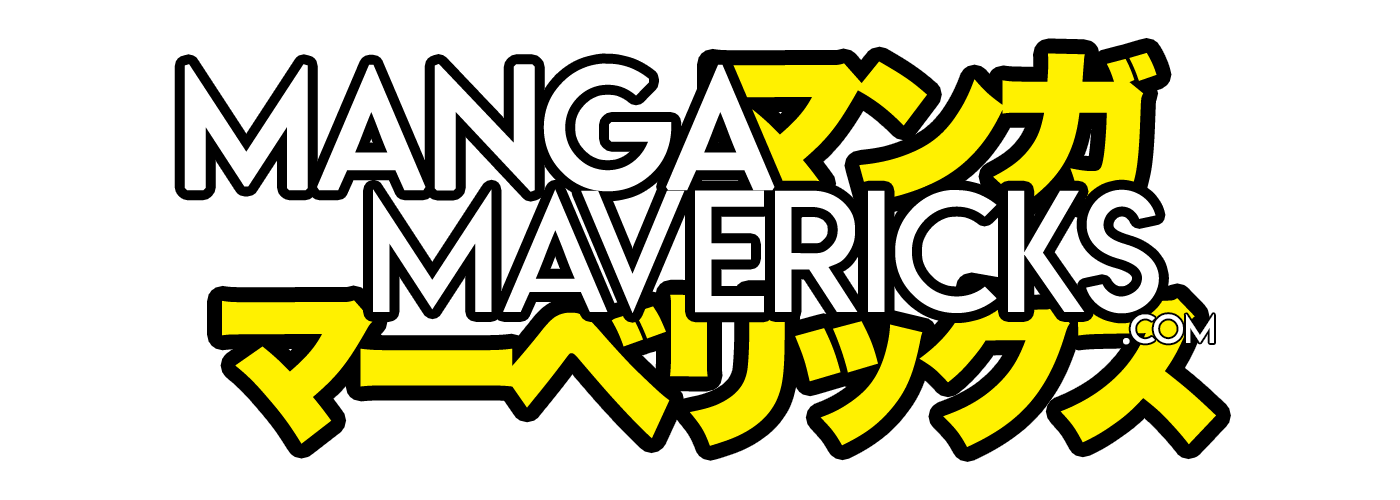By Boulet, Eddie Campbell, John Cassaday, Bob Fingerman, Atsushi Kaneko, Keiichi Koike, Emmanuel Lepage, Taiyô Matsumoto, Frederik Peeters, Paul Pope, Katsuya Terada, Naoki Urasawa, Bastien Vivès, and Enki Bilal
The Tipping Point is a kaleidoscopic, borderline organic work that simultaneously explores a multitude of divergent imaginations around a core theme while unifying the unapologetic and brazenly limitless potential of the medium into a single celebratory tome. In other words, it’s a trip fantastic through the minds of 14 internationally acclaimed comics creators that’s well worth your time and attention. It is first and foremost an enthralling visual feast, but it is often thought-provoking, humorous, disturbing, and consistently bold. Each and every tale, taken on its own, may not strike the perfect chord, but as a cohesive whole, The Tipping Point is an orchestral compilation united by imagination. It’s a jam session, a mix tape, a straight-up love-in of pictures and words that dance through science-fiction, fantasy, slice-of-life, and the genre-defiant.

Anthologies are often (and appropriately) a mixed bag with some tales hitting harder than others, but The Tipping Point is strengthened by the radically different contrasts it presents through the ordering of its menagerie of graphic storytelling. One feels like Alice having just been bodyslammed through the looking glass into an amorphous wonderland molded by the varying perspectives of creators from the realms of manga, bande dessinée, and Western comics. Uniting it all is the seed of an idea, a conceptual pool to which to wade through, of that moment in time when things (circumstance, motives, settings, ideas, etc.) irrevocably change. To be honest, it’s a strange experience at first and the degree to which each creator emphasizes that theme varies. It’s akin to that level of discomfort that seeps in when something unfamiliar, but ultimately pleasant occurs for the first time.
Beginning with the charming and innocuous exploration of relativity, “Hanako’s Fart” by Taiyô Matsumoto, and closing with the mythic phantasmagoria fever dream, “Tengu” by Katsuya Terada, the journey ebbs and flows through radically different artistic styles. If you’re not feeling one, just turn the page and chances are it’ll be right in your wheelhouse; the photo-realistic ink and inkwashed “The Awakening” by Emmanuel Lepage gracefully gives way to the retro stippled, manga strip cartooning of Atsushi Kaneko’s “Screwed,” only to swerve sharply into peak-John Cassaday in his tale, “Huckleberry Friend.” The deceptive simplicity of Bastien Vivès “The Child” in all its monochromatic, flat beauty is a fine complement to obsessively detailed and intricate detailing of Keiichi Koike’s “Fish.” It can be picked up and put down as you please, but there’s something soothing about getting lost wandering from one tale to the next all at once. What should be overwhelming, what with the seemingly discordant transitions from a Paul Pope to a Naoki Urasawa to a Boulet, is instead a curious indulgence.

Thematically, the creators approach and dissect their unifying conceits using everything from a precision guided laser to a rusty hatchet. Bob Fingerman’s “The Unbeliever,” for instance, humorously examines hypocrisy with the intended subtlety of cinderblock while Paul Pope’s stunning (seriously, these Pope pages are jaw-droppingly hypnotic) exploration of sexism via a Conan-eqsue narrative uses a subtler hand, but not as nuanced still as the deeply personal sexual realization of Emmanuel Lepage’s “The Awakening.” The aforementioned Cassaday tale is easily the most confounding when it comes to choice of subject and perspective, given that it is essentially taking the bold stance of championing the fictional Finn as once again saying “racism is bad”; however, any critiques on the racial dynamics at work levied here are far more appropriately aimed at the complexity of the original source material than on Cassaday’s more straightforward efforts. By and large what The Tipping Point highlights is the differences in approach that exists in both the macrocosm to the microcosm of the individual creators at play. The cultures, the traditions, the shared experiences, and the individual experiences unite between Enki Bilal’s captivating mixed-media cover.

One would be remiss to not mention the one glaring quasi-hypocrisy with this collection and one that is immediately evident upon reading the list full list of creator names. In his introduction, Humanoids’ Publisher, Fabrice Giger rightly observes that this anthology highlights the underrepresentation of female creators, and, correct though he may be, certainly Humanoids isn’t altogether inculpable for why that is. Perhaps, in the spirit of The Tipping Point, this acknowledgement of the current “shortcomings in the industry” will spur future incarnations of this work to better serve the reality of the comics world on both sides of the page.
The Tipping Point: that inescapable fountainhead where everything that was and everything that will be are one; a moment of pure mutability that births an infinite possibilities at once. Thematically and artistically, The Tipping Point is, on an imaginative scale, a grand experiment in making the far away nearer, the small massive, and the disparate whole. It is an anthology, yes, but it is also a work that reads as one in the shifting literal and figurative tones of its parts. It is a curiosity deserving of your gawking and one that begs to be revisited in continued volumes with an ever-changing aggregate of the world’s creators and the perspectives they bring.
The Tipping Point is scheduled for release on February 3rd, 2016





comments (0)
You must be logged in to post a comment.